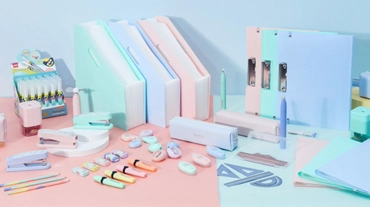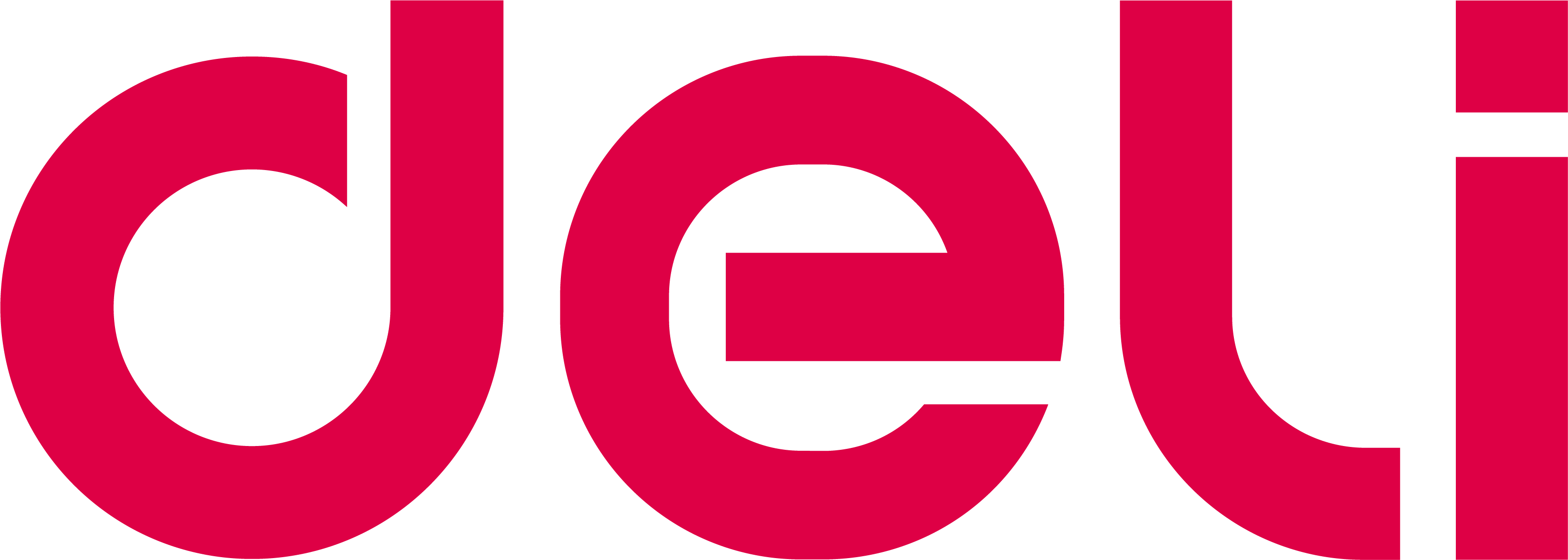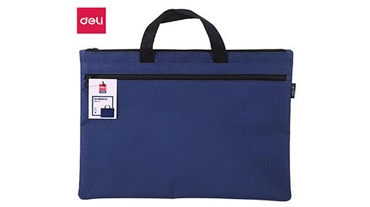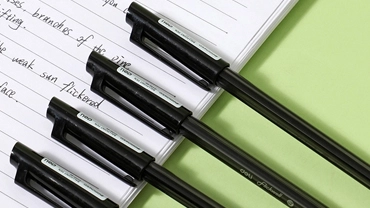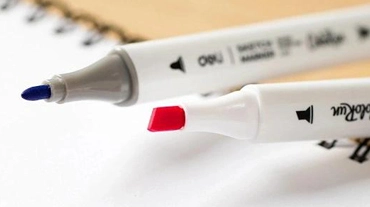Deli book printing is a traditional technique for printing on all types of paper in book form, and notebook printing covers all relevant notebook printing methods such as flat, letterpress, gravure, and screen, with applications varying from country to country. deli book printing covers several major printing methods, and different printing methods are chosen during the plate-making stage, depending on the nature of the product, for different printing methods. The plate-making process is also different.
1、Notebook product printing steps: the original
Suitable for flexible printing the original design should have the following characteristics: the number of colors, but less overprint; does not require reproduction of particularly small details; screen line is not too high, but can achieve color printing effect; can be inline to do packaging processing.
2, Notebook products printing steps: film
Meet the needs of plate making, clear graphics, accurate size specifications; use frosted film, requiring consistent density of the four corners of the film; use drug film orthography; measured with a transmissive density meter, white bit density of 0.06 or less; black bit density of 3.5 or more.
3, Notebook school stationery supplies printing steps: exposure including back exposure and main exposure
(1) back exposure
Light-sensitive resin version of the support film up, protective film down flat in the exposure drawer to receive exposure. UV light through the support film so that the photographic bonding layer is cured. To establish a solid substrate, but also to control the depth of the plate wash, to strengthen the support film and photopolymer layer bonding force. Back exposure time is determined according to the required thickness of the substrate.
(2) the main exposure
Also known as front exposure, photopolymer plate support film facing down, protective film facing up. The length of the main exposure time by the plate type and the strength of the light source to determined. Exposure time is too short will make the slope of the graphic too straight, curved lines, small words, and small points partly washed out, and vice versa exposure time is too long will lay the plate, blurring the word. If there are large, small, coarse, and fine lines on the same printing plate, visible with a black film to cover the exposure separately, the fine part will not be lost due to flushing to ensure the quality of the printing plate.
4, Notebook school stationery supplies printing steps: development
The un-sensitive part of the wash dissolved, retaining the relief of light polymerization. The washing time length is according to the plate thickness and print pattern depth decision, washing time is too short, the plate will be left un-sensitized resin and affect the depth of plate making, The washing time is too long will make the plate expand, resulting in the fine part of the deformation or fall off.
5, Notebook school stationery supplies printing steps: drying
Remove the washing solvent, so that the printing plate to restore the original size thickness. Baking temperature between 50-60 ℃. Baking time according to the plate thickness and wash time to determine the length of the general thick version of two hours and thin version of an hour. The baking time is too long, the baking temperature is too high will make the plate brittle and affect the printing life. The baking temperature is too low will extend the drying time, baking time is too short, and printing will appear rotten plate phenomenon.
6、Notebook product printing steps: post-processing
That is, in addition to sticky and post-exposure. Make photographic resin thoroughly hardened (polymerization) to achieve the hardness indicators, and eliminate the printing plate sticky, to facilitate the transfer of ink. Post-processing time from the test, the purpose is not cracked, not sticky.
